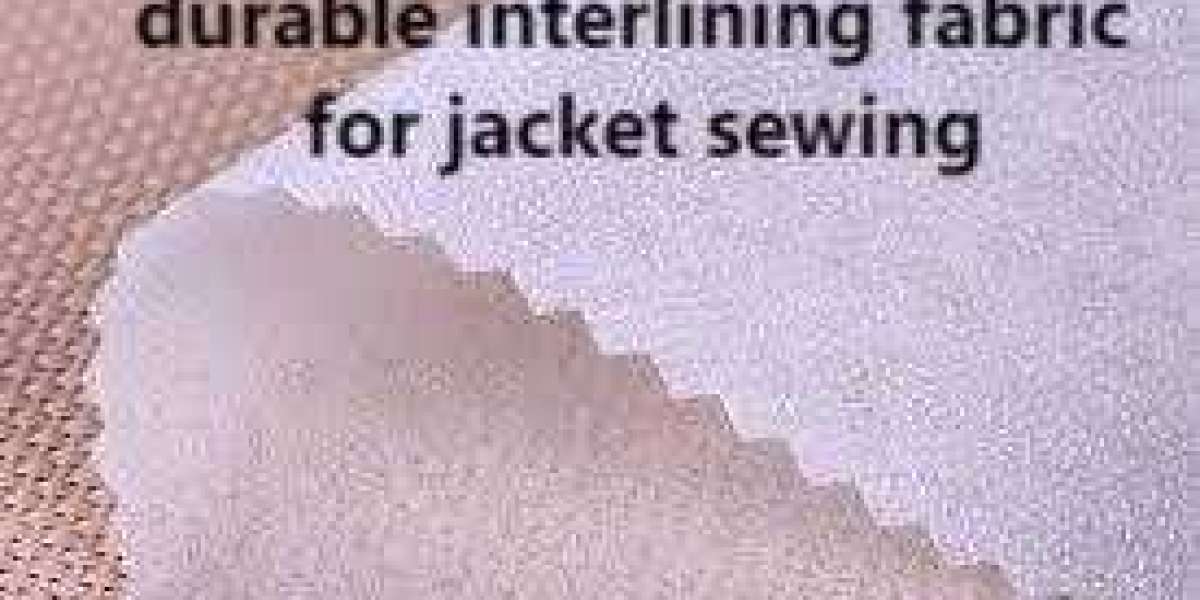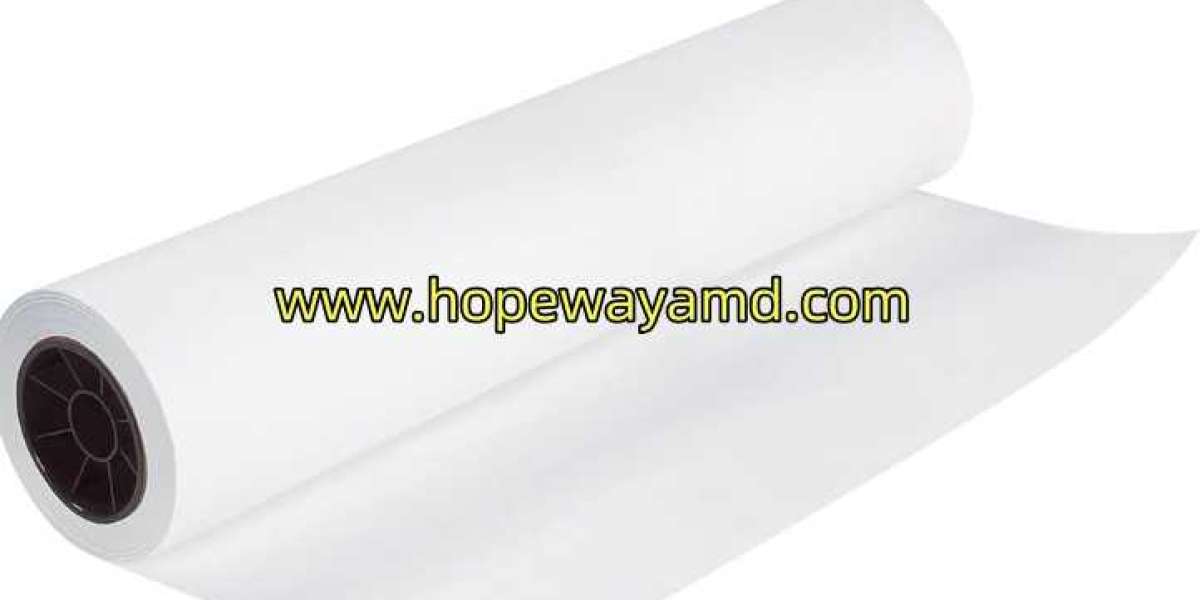In modern apparel production, achieving the perfect balance between durability, aesthetics, and comfort is essential. Interlining plays a pivotal role in enhancing garment structure, while interlining also ensures a refined appearance and improved longevity, making it a critical component in contemporary fashion design.
Understanding the Role of Interlining
Interlining is a fabric layer placed between the outer material and the lining of a garment. Its primary purpose is to provide stability, reinforce shape, and add comfort without compromising flexibility. By supporting the outer fabric, it prevents sagging, wrinkling, and distortion over time, ensuring garments retain their original form and elegance.
Materials Used for Interlining
Manufacturers choose from various materials, including woven, non-woven, and knitted interlinings. Each type offers distinct characteristics: woven interlinings provide strength and structure, non-woven options are lightweight and versatile, and knitted interlinings offer elasticity and softness. Selection depends on garment type, desired aesthetic, and functional requirements.
Production Techniques and Quality Control
High-quality interlining is achieved through precise production techniques. Adhesive bonding, stitching, and thermal fusing are common methods used to integrate interlining into garments. Consistent quality control ensures that the interlining layer adheres properly, maintains uniform thickness, and contributes effectively to the overall garment structure.
Interlining Applications Across Fashion Sectors
From tailored suits to casual jackets and delicate blouses, interlining enhances various apparel segments. In high-end fashion, it ensures crisp collars, structured sleeves, and defined waistlines. Sportswear and outerwear benefit from added warmth and stability without sacrificing mobility, demonstrating interlining's versatility across garment categories.
Sustainability and Modern Innovations by Interlining-Factory
With growing environmental awareness, sustainable interlining solutions have become a priority. Interlining-Factory has developed eco-friendly, biodegradable, and recycled interlining materials. These innovations maintain performance standards while reducing environmental impact, aligning with the industry's shift toward sustainable and responsible production practices.
By integrating innovative interlining solutions into garment design, manufacturers can improve durability, aesthetics, and comfort. Modern technologies combined with sustainable materials ensure garments meet consumer expectations and environmental standards. Explore more about the types, applications, and benefits of interlining athttps://www.interlining-factory.com/news/what-is-interlining-types-applications-and-more.html .








